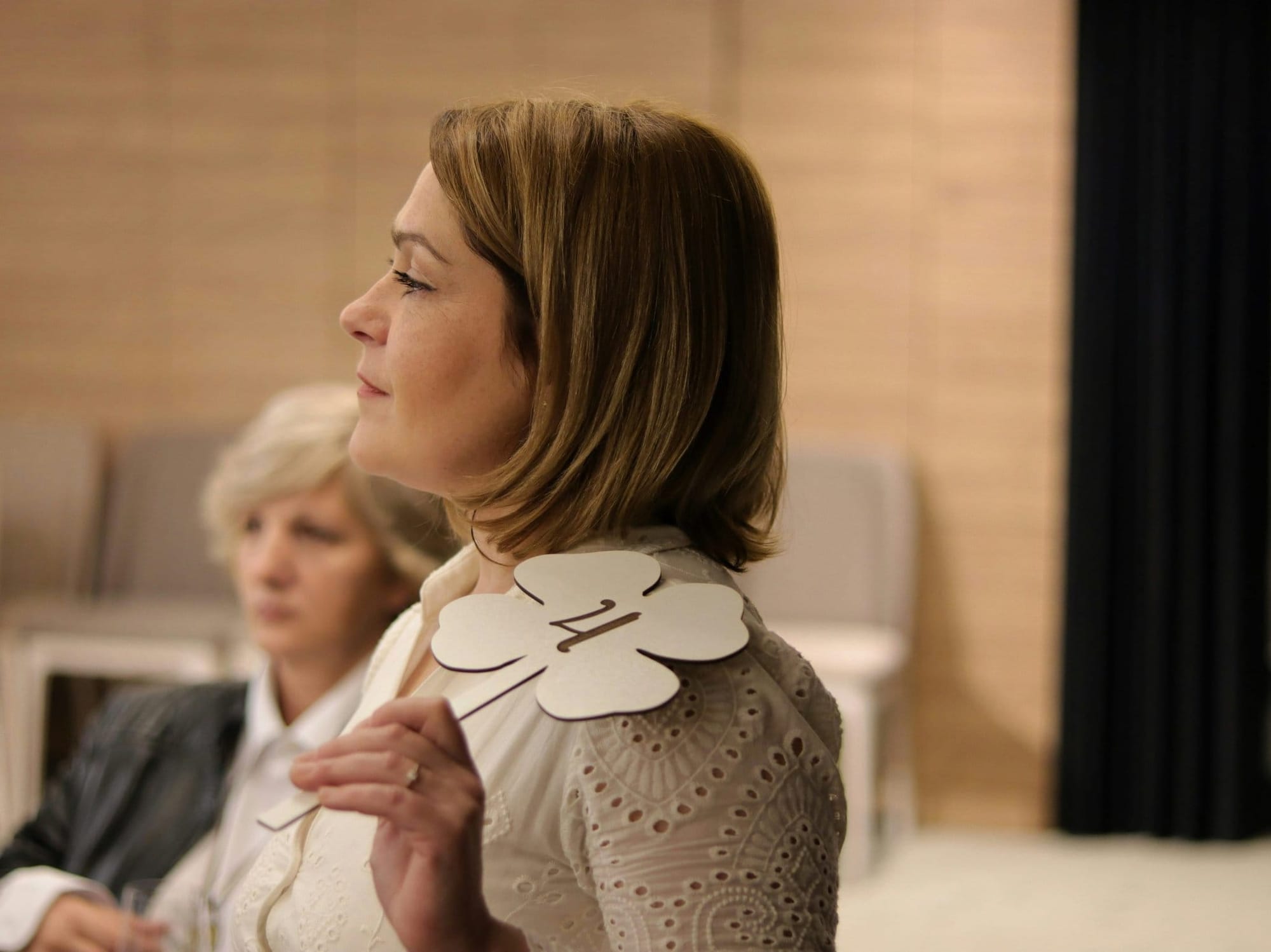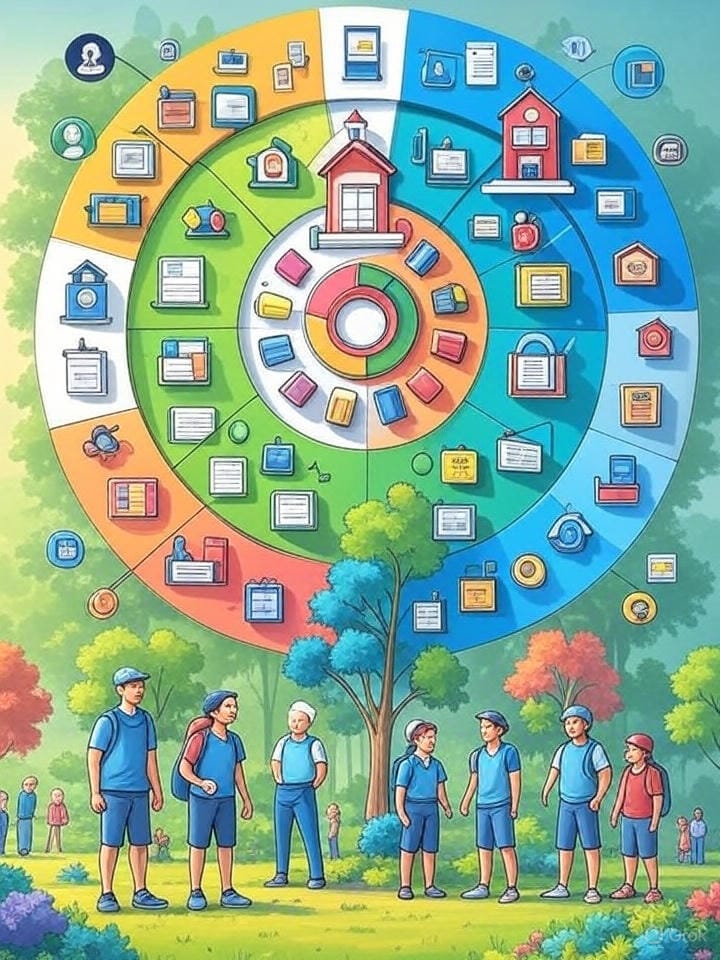Learn how to choose from some of the top silent auction software options. CharityAuctionsToday offers tips on how to examine auction software.
Silent auctions are a popular fundraising method. They allow participants to bid on items without the need for an auctioneer.
But managing these events can be complex. This is where silent auction software comes in.
Silent auction software simplifies the process. It helps manage bids, items, and participants, making the event more efficient.
Some software even extends the reach of the auction. By going online, a wider audience can participate.
Compare Tools. Choose Better. Launch Smarter.
You’ve seen the top silent auction software — now pick the platform built for nonprofits. Start your auction with us and get purpose-driven support, full event control, and seamless bidding.
Launch Your Silent AuctionThis article will guide you through the top silent auction software. We'll compare their features and help you choose the right one for your needs.
Whether you're a non-profit, event organizer, or a business, this guide is for you. Let's dive in.
Understanding Silent Auction Software
Silent auction software is a digital tool designed to facilitate auctions. It streamlines the process by handling bids and managing auction items seamlessly.
The core benefit is its ability to replace traditional manual processes. This efficiency saves time and reduces human error.
Such software enhances the auction experience for both organizers and participants. It provides a user-friendly platform to manage the entire event.
By transitioning auctions online, these tools allow for greater reach. Participants can bid from anywhere, increasing engagement and potential revenue.
Key Features of Top Silent Auction Software
The best silent auction software boasts a range of impressive features. These ensure smooth and efficient auction management for organizers.
A major strength is the flexibility it offers. Organizers can tailor auctions to match their specific needs and branding requirements.
These platforms often include support for various auction formats. This includes fixed-price listings, live bidding, and even "buy now" options.
Real-time updates and notifications keep participants engaged. Bidders receive instant alerts about the status of their bids.
Social sharing features are also integrated. They help promote the auction beyond the initial audience, boosting participation.
Security is another critical feature. Participants can trust the platform to handle transactions safely.
Most software includes robust analytics and reporting capabilities. These tools are vital for understanding auction outcomes and planning future strategies.
Scalability is key for varying event sizes. The software should easily handle small fundraisers or large gala events.
Let's summarize the essential features:
- User-friendly interfaces
- Flexible auction formats
- Real-time notifications
- Social sharing tools
- Secure payment processing
- Detailed analytics
- Scalability
- Customization options
By focusing on these features, organizers can ensure their events run smoothly. This ultimately maximizes fundraising potential.
User-Friendly Interfaces
User-friendly interfaces make silent auction apps approachable. They cater to both tech-savvy and less experienced users.
An intuitive design is key. It allows participants to browse items and place bids effortlessly, enhancing their experience.
Bid Management and Tracking
Effective bid management is essential for any auction. Top software automatically tracks bids and updates the status in real-time.
Tracking features ensure transparency. This helps maintain trust between organizers and participants during the event.
Mobile Compatibility and Online Bidding
Mobile compatibility is crucial for on-the-go bidding. With apps or mobile-optimized sites, participants can engage seamlessly.
This accessibility encourages more bids. Bidders can participate without being tied to a desktop, driving greater competition.
Secure Payment Processing
Secure payment processing instills confidence in participants. Robust security measures protect sensitive payment information.
Top software solutions comply with industry standards. This includes data encryption, reducing the risk of breaches, and ensuring safe transactions.
Free vs. Paid Silent Auction Software
Choosing between free and paid silent auction software depends on specific needs. Each option offers distinct benefits and limitations.
"Free" software is ideal for organizations with tight budgets. It provides basic features that can support small-scale auctions effectively. However there are still costs: they are usually just passed on to your bidders/guests.
However, paid software often offers advanced features and customization. This can significantly enhance the auction experience for both organizers and participants. Auction software costs vary widely, so there are options available to you.
Ultimately, the choice hinges on the scope and goals of your auction. Evaluating these factors ensures selecting software that aligns with your event's requirements.
Advantages of Free Software
Free silent auction software is an attractive choice for smaller nonprofits or first-time organizers. It allows users to host auctions without financial risk.
Basic features in free software are often enough for simple events. This makes it accessible to those with limited auction expertise.
When to Choose Paid Software
Paid software is beneficial for larger, more complex events. It provides advanced capabilities that can handle greater participant numbers and customization needs.
Such software is also useful when aiming for a highly polished, branded auction experience. The investment often results in smoother management and potentially higher returns.
How to Choose the Right Silent Auction Software
Selecting the best silent auction software involves careful consideration. Start by evaluating the scope and size of your event.
Define your specific needs and what features are critical for success. This includes bid management, mobile compatibility, and secure payments.
Next, look into how well the software integrates with other tools. Seamless integration can streamline your auction processes significantly.
Customer support and training are also crucial. Ensure the provider offers robust support to help you navigate any issues.
Here's a quick checklist to guide your decision:
- Event size and requirements
- Integration capabilities
- Customer support and training
- Budget considerations
- User reviews and ratings
By following this checklist, you can make an informed choice. Choose software that aligns with your goals and enhances the auction experience.
Assessing Your Event Size and Needs
Begin by evaluating the size and nature of your event. Small events may not need the most complex features.
Determine which functionalities are essential for managing your auction. This helps narrow down software options to ones that fit your specific requirements.
Considering Integration with Other Tools
Look for software that integrates seamlessly with existing systems. This includes CRMs and payment gateways you currently use.
Integrated systems save time and effort, enhancing efficiency. They ensure that all your auction data flows smoothly across platforms.
Evaluating Customer Support and Training
Excellent customer support can make a big difference. Opt for software providers known for prompt, helpful assistance.
Consider the availability of training resources or tutorials. Good support and training help users maximize software benefits, ensuring a smooth auction experience.
Top Silent Auction Software Options
Selecting silent auction software can be daunting with many options available. Each platform offers unique features tailored to different needs.
Understanding the key offerings of each software can aid in your decision. Below, we detail some top contenders in the silent auction software space, but you should read our in-depth exploration of online charity auction sites to get pricing and other details.
CharityAuctionsToday
CharityAuctionsToday provides affordable and powerful auction software tailored for nonprofits, churches, and schools. It supports online, live, and silent auctions, offering tools for managing items, bidders, and payments. Its simplicity and budget-friendly pricing make it a great option for smaller organizations or first-time auction hosts.
GiveSmart
GiveSmart is a versatile auction software designed to streamline silent auctions and fundraising events. It offers mobile bidding, event management tools, and donor analytics to enhance engagement and maximize revenue for nonprofits. With an intuitive interface and customizable features, it’s ideal for organizations of all sizes, but particularly larger ones.
OneCause
OneCause specializes in auction and event fundraising, providing mobile bidding, online auction capabilities, and virtual event solutions. Its user-friendly platform simplifies setup and management, making it a go-to choice for larger nonprofits looking to host impactful events and expand donor participation.
Handbid
Handbid offers an easy-to-use mobile bidding platform perfect for silent auctions. Attendees can bid in real time from their smartphones or tablets, creating an interactive and engaging experience. With features like push notifications and detailed reporting, Handbid helps organizations run successful auctions with minimal effort.
Conclusion and Next Steps
Selecting the right silent auction software is crucial for a successful event. Consider your needs, budget, and desired features.
Take the time to explore different options. Use trial periods and demos to test functionality. Contact vendors for additional information if needed.
Empower your event with the right tools. Start by signing up for a free trial today. For example, you can start building your auction for free on our platform, right now.
Frequently Asked Questions
What is silent auction software?
Silent auction software is a fundraising platform that lets organizations create item catalogs, register bidders, accept bids (mobile or in-person), process payments, issue receipts, and report results.
Which features matter most when evaluating platforms?
Look for mobile bidding, fast setup, bulk item import, photo galleries, Buy-Now, watchlists, outbid alerts, extended bidding, ticketing/registration, integrated payments, receipts with FMV, and robust reporting/exports.
How do pricing and fees typically work?
Common models include per-event fees, subscriptions, or a percent of funds raised, plus standard payment processing. Compare total cost of ownership, not just headline rates.
Can supporters cover platform or processing fees at checkout?
Many platforms offer an optional “cover fees” toggle so donors add a small amount to offset costs, increasing net proceeds for your organization.
Do we need a mobile app, or is app-free bidding better?
App-free, browser-based bidding reduces friction and works on any phone. Native apps can add features but may slow adoption. Choose what your audience will use easiest on event night.
How does the software handle last-second “sniping”?
Extended bidding automatically adds time to an item if a bid arrives near closing, keeping the competition fair and often raising final prices.
Should ticketing and registration be built into the platform?
Integrated ticketing simplifies onboarding, seat assignments, bidder numbers, and checkout. If you sell tickets elsewhere, confirm smooth imports and syncing.
What should we expect for payments, security, and receipts?
Expect encrypted, PCI-compliant processing, support for cards and digital wallets, and itemized receipts that show amounts paid and fair market value for donor records.
Which integrations matter—and who owns our data?
Key integrations include CRM, email/SMS, accounting, and analytics. Ensure you retain full ownership of donor and bidder data and can export via CSV or API anytime.
Does the software handle shipping, pickup, and sales tax settings?
Many platforms let you collect addresses, set shipping fees, schedule pickups, and configure tax on eligible items. Confirm capabilities for your items and jurisdictions.
What about accessibility, currencies, and time zones?
Choose mobile-first, accessible pages (alt text, keyboard nav, contrast) with support for multiple currencies and time zones to serve diverse audiences.
How quickly can we launch—and what onboarding support helps most?
With templates and bulk import, many teams can go live the same day. Look for checklists, sample catalogs, staff training, and live event-hour support.
What reporting should we expect during and after the auction?
Real-time bid activity, item performance, revenue by source, unpaid balances, donor summaries, and post-event exports for CRM and accounting are standard must-haves.
What support, uptime, and migration help should we require from vendors?
Seek responsive chat/email during event hours, documented uptime, clear SLAs, and white-glove migration (imports, template setup) if you’re switching providers.
💡 Try this in ChatGPT
- Summarize the article "Top Silent Auction Software" from https://ghost.charityauctionstoday.com/p/top-silent-auction-software/ in 3 bullet points for a board update.
- Turn the article "Top Silent Auction Software" (https://ghost.charityauctionstoday.com/p/top-silent-auction-software/) into a 60-second talking script with one example and one CTA.
- Extract 5 SEO keywords and 3 internal link ideas from "Top Silent Auction Software": https://ghost.charityauctionstoday.com/p/top-silent-auction-software/.
- Create 3 tweet ideas and a LinkedIn post that expand on this top platforms comparisons topic using the article at https://ghost.charityauctionstoday.com/p/top-silent-auction-software/.
Tip: Paste the whole prompt (with the URL) so the AI can fetch context.
Tom Kelly
Tom Kelly, TEDx speaker and CEO of CharityAuctions.com, helps nonprofits raise millions through auctions and AI. He hosts The Million Dollar Nonprofit podcast and inspires leaders to live their legacy, not just leave it.
Table of contents
Create Your Auction
Raise 40% more with smart bidding tools






